Safety is a core value of the electric power sector, and Edison Electric Institute (EEI) members are committed to protecting the safety and health of the workforce, industry contractors, and customers. Over the past 30 years, the industry’s total recordable incident rate (TRIR)—a standard measurement of occupational safety—has decreased substantially. However, in the last decade, the rate of serious injury and fatality (SIF) incidents has plateaued.
EEI members have prioritized SIF elimination and through collaboration across the industry are implementing a series of actions to achieve this goal through the Power to Prevent SIF Initiative.
Why is the industry focused on SIF?
Contrary to past theory, there is mounting evidence that the causes of SIFs are different from low-severity injuries and that reducing the rate of low-severity injuries may not lead to a corresponding reduction in SIFs. Thus, SIFs must be studied separately from lower-severity incidents. From a data availability perspective, SIFs are rare and extreme events that, taken in small sample sizes, do not necessarily represent any meaningful pattern or trend. Therefore, individual organizations simply do not have enough data to fuel the learning that is needed to eliminate SIFs. Only through shared industry learning can we advance our goal.

 ;
;
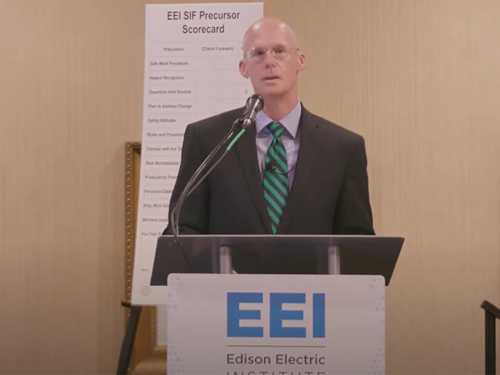 ;
;
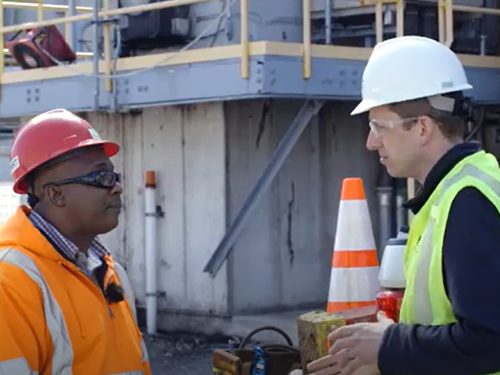 ;
;
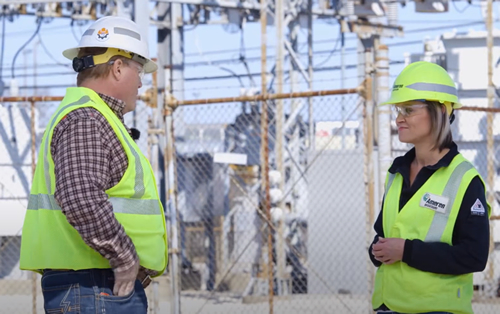 ;
;
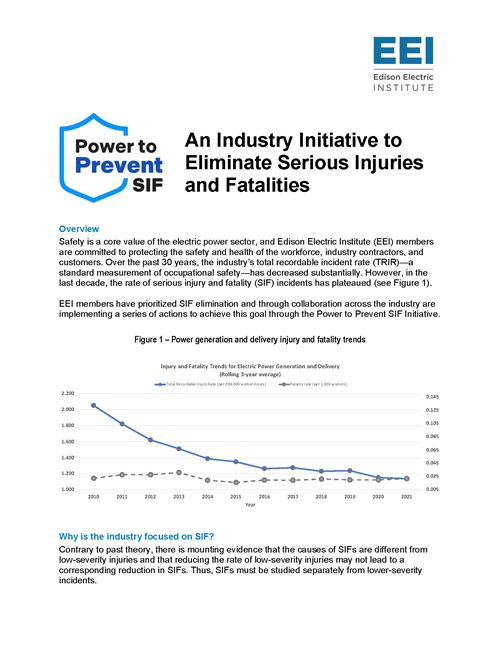 ;
;
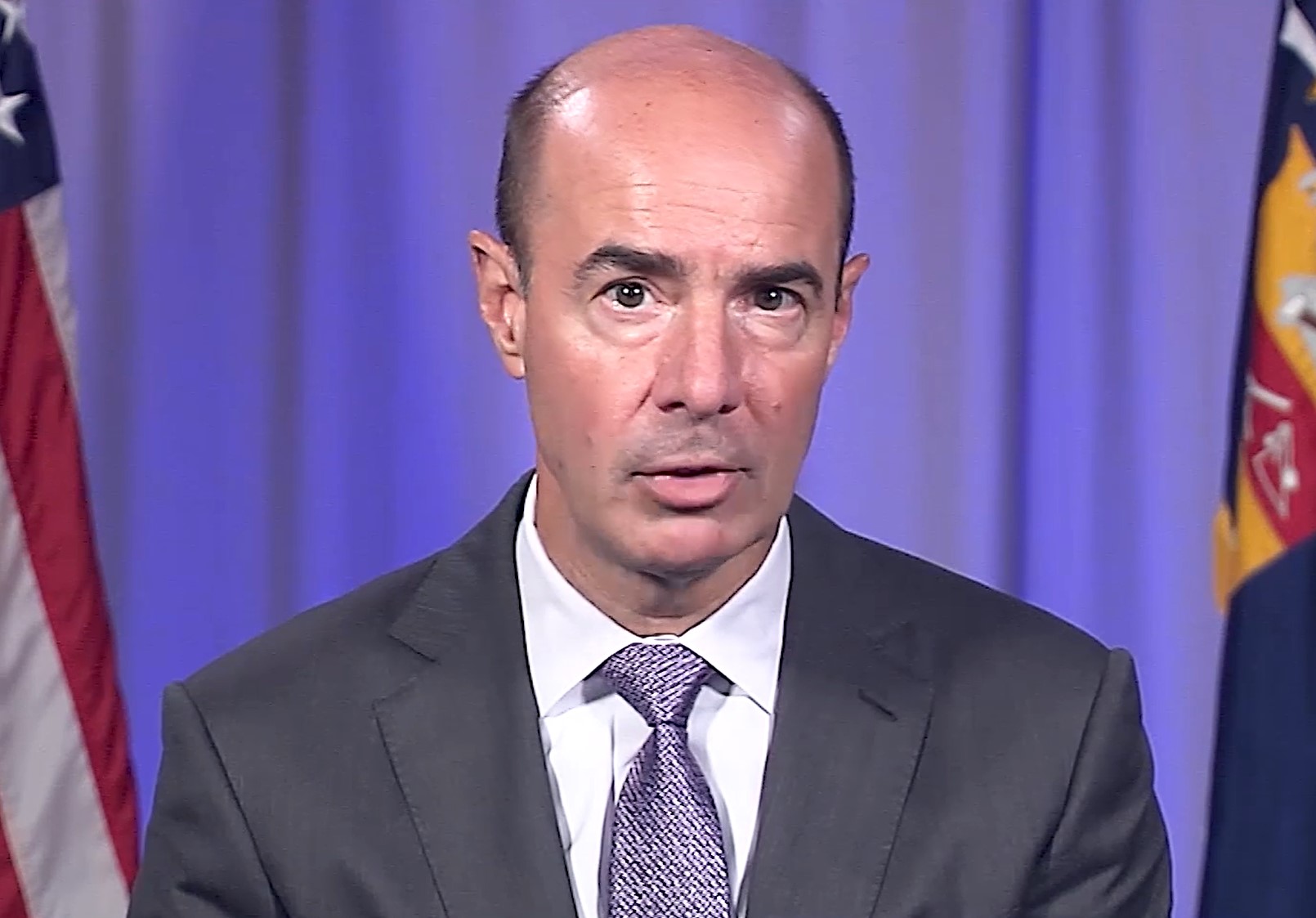 ;
;
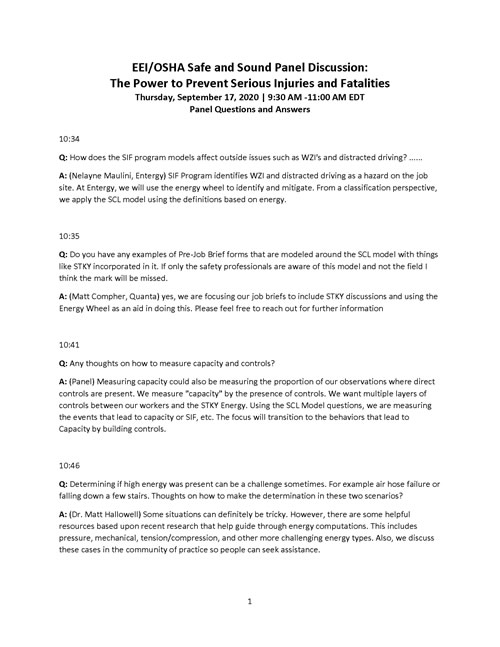 ;
;



